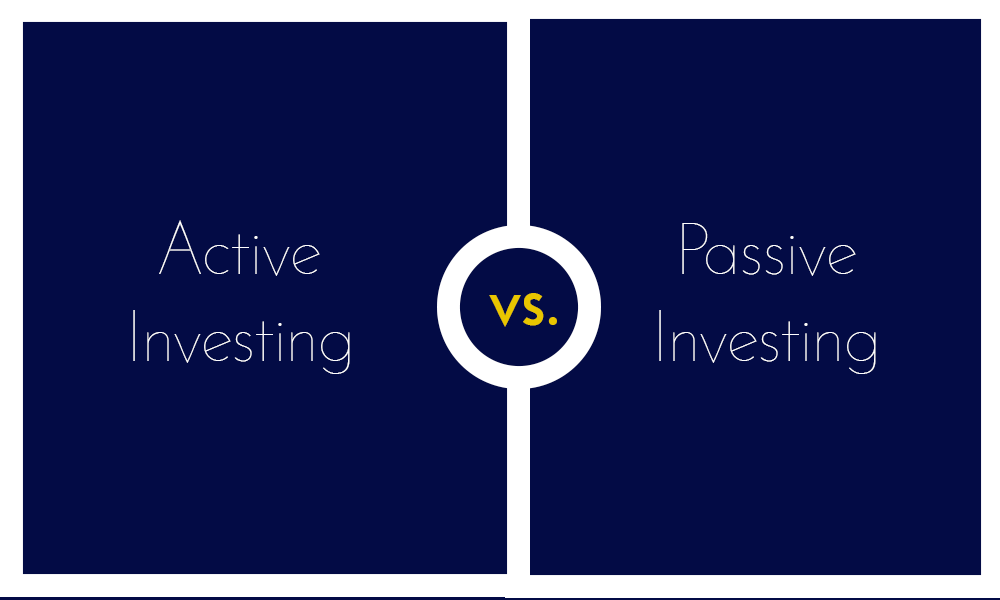Stock Trading 101
Stocks, investments and capital, oh my! Financial terms oscillate inexperienced brains worse than tax code technicalities. Fortunately, nobody needs to work for the IRS to know the ABCs of differentiating stock trade and overall investment.
Investment is a widely encompassing umbrella that stock trade falls under. Merriam-Webster defines the broad term “investment” as “to commit money in order to earn a financial return.” The means one goes about committing money (or other assets of value) vary widely. Stocks are one primary way of investment.
Stock funds classify as funds that make equity investments. Stock market investment is the process of buying, holding and trading stock, in hopes of long-term appreciation, short-term gains, portfolio diversification, or dividend income. Dividends are profits distributed by companies to shareholders, typically on a quarterly basis.
Of course, while stock trading is only one piece of the portfolio puzzle. Other common ways investors make a commitment to earn hopefully positive financial returns include real estate, bond and treasury note holdings and precious metals that veer from the stock market. The most popular forms of the latter are silver and, as many reading this who overhear the annoying, incessant Rosland Capital ads targeted at baby boomers know: gold. Collectibles represent another road people can take on the road to investment. Some even hold wealth in baseball cards, although hitting a financial home run proves as hard as hitting a blazing fastball, given the intense devaluation from the slightest of condition deterioration and extremely volatile swings.
Anyone stepping to the plate to take a swing at investment needs to abide by the gauges governing the specific investments. Identifying every measure for every individual investment would be a monumental, exhaustive, if not impossible, undertaking. For the purposes of the stocks versus investment discussion, note that stock quotes provide quantifiable information current and potential stockholders/analysts use to determine a stock’s prospects.
Quotes involve bid (highest price an investor is willing to pay), ask (lowest price an investor is willing to sell), yearly and current stock price ranges (typically used to determine whether a stock is peaking, remaining steady, or in a lull, all of which require further investigation), market capitalization (a company’s market value via stock price times number of outstanding shares), beta (a stock’s risk relative to the market portfolio), price-earnings ratio (market value of a firm divided by net income), earnings per share, dividend yield (dividend income as a percentage of stock amount paid) and various miscellaneous information. Elaborations necessitate separate discussions entailed in this blog.
Beyond quotes, market investing assigns indexes as required reading for the full stock story. Dow-Jones Industrial Average (what “ The Dow” refers to) comprises 30 giants of varying industries. Their collective stock performance captures a snapshot of the overall economy, hence news and political outlets placing it on a pedestal. Dow Jones helps maintain the S&P (Standard and Poor) 500, tracking the performance of 500 sizeable companies. The NASDAQ stock market is the biggest organized equities market in trading volume and included companies.
Stock market players realize that investing in stock essentially bets on the prospects of a company or industry. Since companies (especially large ones) have many moving parts — some of which are impossible to forecast —, unique factors influence the stock market. Various risks exclusive to stock trading present challenges to traders. This blog delves into risk types in other posts. The ultimate goal remains measuring risk against return. The greater the risk, the greater the expected return. When evaluating companies, know the business cycle’s stages are prosperity (a time of growth and innovation), recession (a swing of downturn), depression (two periods of a recession) and recovery. Expanding to the whole stock market, a bull market refers to stocks performing well and projected to keep the momentum (if it’s possible to avoid panic while doing so, imagine a bull charging unabated towards it’s target). Conversely, a bear market refers to prolonged down periods (think of an undisturbed sleeping bear and its proclivity for winter dormancy). Outlooks follow identical patterns. A bullish outlook on a company expresses optimism for future performance, while a bearish outlook denounces positive prospects. Stock markets provide an average return of 10 percent historically.
All this information appears overwhelming when diving into it for the first time. Taking proper time to acquire economic and financial knowledge before swimming in the stock market’s deep waters is advisable. Many readers likely wonder who they can trust beyond the words of the belly-protruding bass-baritone with glasses and a high-performing bachelor’s degree writing this content.
No offense taken! Consulting a trusted financial adviser with proven results that fit personality preferences and investment behavior ranks highest. Follow the same procedure to find public experts/finance celebrities to trust. In those cases, also research their portfolios and business dealing to sniff out bias.Yahoo Finance aims for neutrality and shares free stock quotes. An exponentially rarer tool is MarketWatch. MarketWatch reports thorough happenings of businesses and provides a portfolio simulation game where users can select stocks and watch the real-time performance results free of charge.
Knowledge generates power. Power facilitates performance!
















































